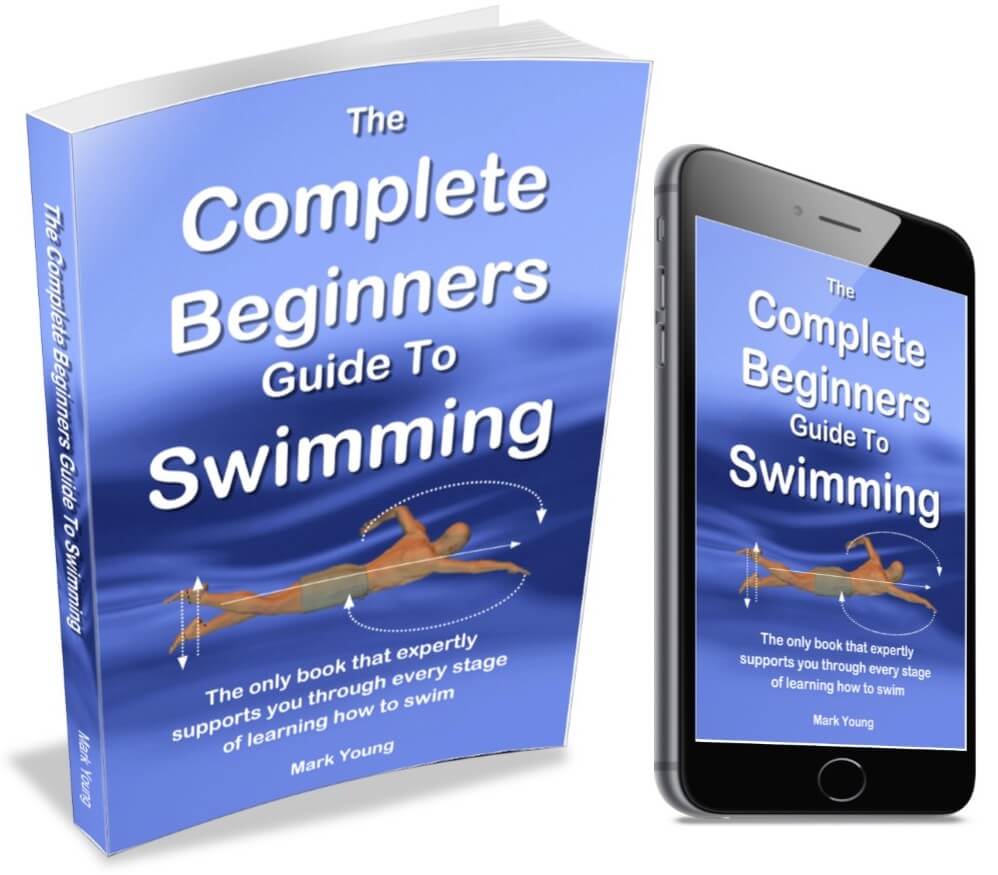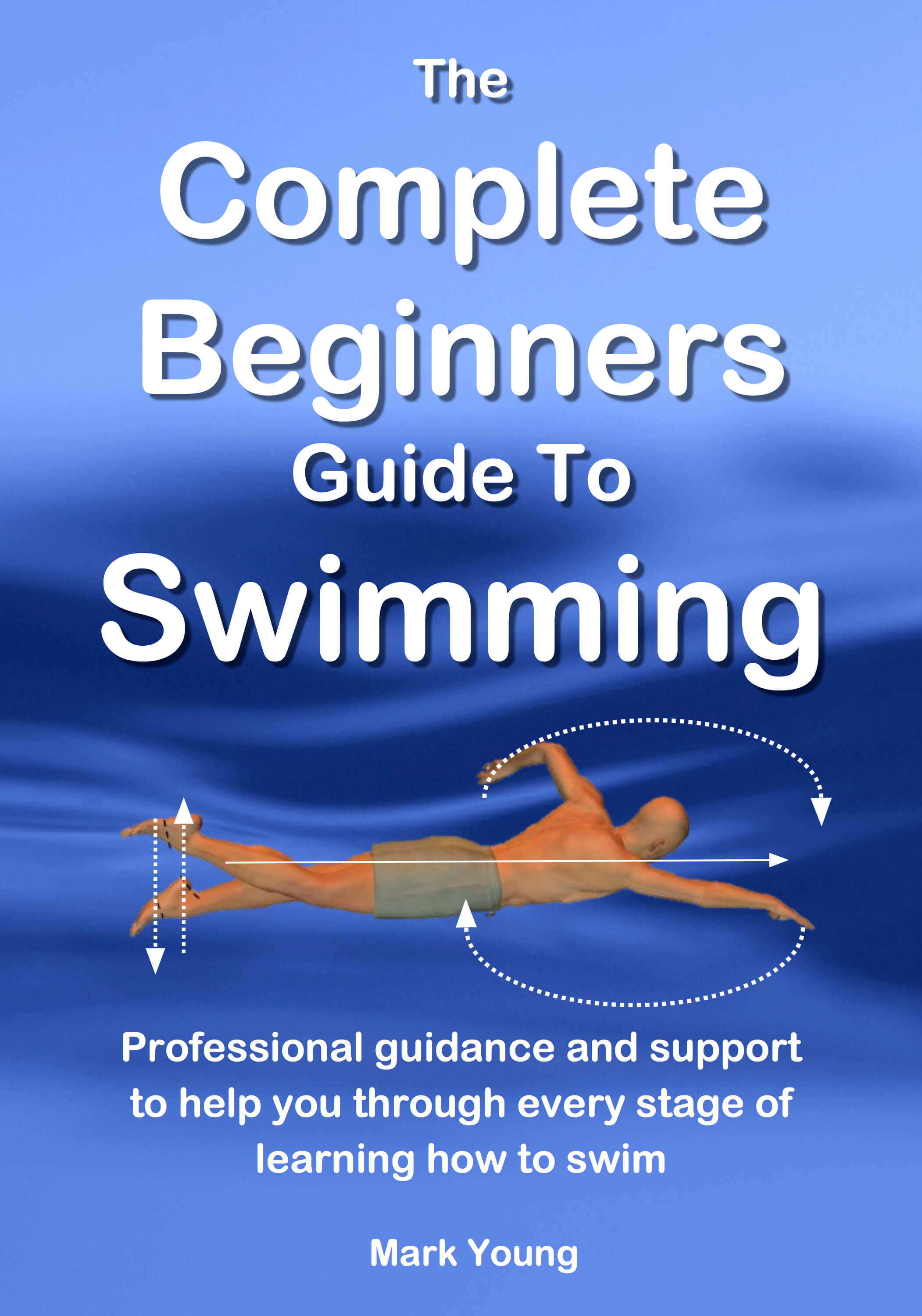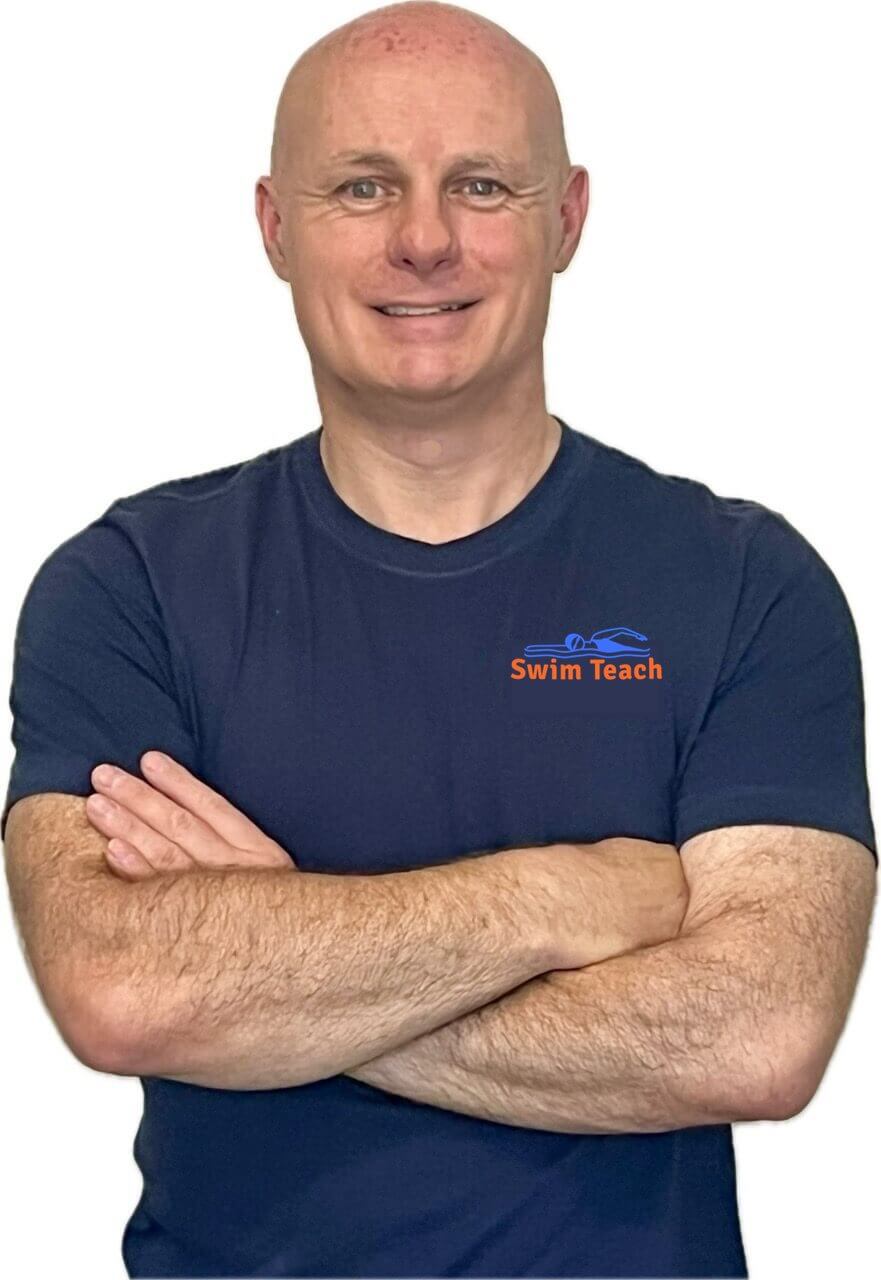- Swim Teach Home
- tips for beginners
- Learn Swimming Online for Beginners
- Basic Swimming Tips
Basic Swimming Tips
I lack everything about swimming. I want to learn some basic swimming tips and what to do to keep afloat. What do I do with the arms and the legs? I tried on my own, but the basic techniques are lacking. I do not know what to do when I enter the water. Everyone, including the kids, will notice immediately that I am not a swimmer. Please help me.
First, it does not matter who will notice that you are not a swimmer. Many adults cannot swim and wish they could, but most stay away from the pool because they are embarrassed.
You have had the courage to enter the swimming pool and have a go, which is a major step for most adult beginners.
The fact that you have tried on your own tells me that you have no fear of water, so learning to swim should be an easy process.
Breaststroke is the easiest swimming stroke to learn as an adult because it is the least tiring and most comfortable to try out. The arms pull in a circular motion, and the legs kick in a powerful whip-like circle to provide the propulsion to move through the water.
The timing of the arms and legs for breaststroke can sometimes be tricky, but as long as you pull and THEN kick, it should come together.
Essential swimming basics you must learn are how to hold your breath, submerge your face and breathe out under the water. Practising this will help you to become more relaxed in the water.
Once you become more relaxed, you will find it easier to remain afloat, although floating is not something we can all do. Some of us naturally sink, especially our legs, but a good combination of swimming technique and relaxing into our swimming helps us stay at the water's surface.
Learning how to stop and stand up mid-swim is also an important basic to learn so that you can stop if you get tired and stand up, provided you are within your depth.
My ebook The Complete Beginners Guide To Swimming contains all the help and support you need, from relaxing, floating and breathing to all the technique tips for learning to swim the four basic strokes Click the link below for more information.
The Complete Beginners Guide To Swimming
Professional guidance and support to help you through every stage of learning how to swim.
Discover everything you need from first entering the pool and building confidence to floating and breathing. Plus, 82 exercises to master the four basic swimming strokes.(click here for an instant preview)
Don't miss out! Click here to get your copy of my book!
Floating and then Standing Up
I have a problem with floating and then standing up. I’m just a beginner, and two days of swimming classes are what I’ve attended...1st days went very well with learning to breathe underwater and float. 2nd day we were taught to push back and float, landing properly and then gliding.
The problem is that whenever I leave the wall and start floating after some time, I feel my body shaking (left and right), so I cannot land properly after gliding. Because of this, I’ve tripped 4-5 times today and drank quite a lot of water...could u please help me with this problem.
This is a common question, and you are not alone here.
You are experiencing an unbalanced feeling as you are floating or gliding through the water. This is because you are not quite relaxed enough.
Learning to relax, especially as a beginner, takes time and patience. It will come, and the more you practice, the more you will become used to the water.
Learning to hold your breath and control your breathing, both whilst you are floating and whilst you have your feet on the pool floor, is essential to learning to relax.
Try holding the poolside with both hands, with your face down in the water and then letting go and standing up. You will have the security of the poolside near to you if you struggle or panic. Do this a few times before venturing further away from the poolside.
Try it all again, but this time lying on your back, face upwards. Stand yourself up a few times to get used to how it feels. Hold your breath just before you stand, just in case you partially submerge as you do it.
The technique for standing up is not exact, so it does not matter if you fall slightly sideways or land on one foot or the other.
Once you become more confident with standing up, from face up and face down, add some movement through the water to what you are doing. That is the part that is causing your wobbly feeling.
The harder you push away from the poolside, the faster you travel; therefore, the more you will feel unbalanced. This is a little like learning how to ride a bicycle. You begin feeling tense and anxious, so you will be unbalanced and wobble more. The more you get used to this feeling, the more you will relax, and the less you will wobble. The same goes for swimming.
Along with this, learning to hold your breath and control your breathing will reduce and eventually prevent you from drinking the water.
As a beginner learning to swim, you are learning how your body behaves in the water in terms of how well it floats and moves around, and that ‘shaking’ feeling, as you put it, is just one of those feeling you will learn to get used to and learn how to control.
Practice and patience will see you through.
 The Complete Beginners Guide To Swimming
The Complete Beginners Guide To Swimming$14.99

I am a member of the Amazon Associates Program and I will earn a commission from qualifying purchases at no extra cost to you.






